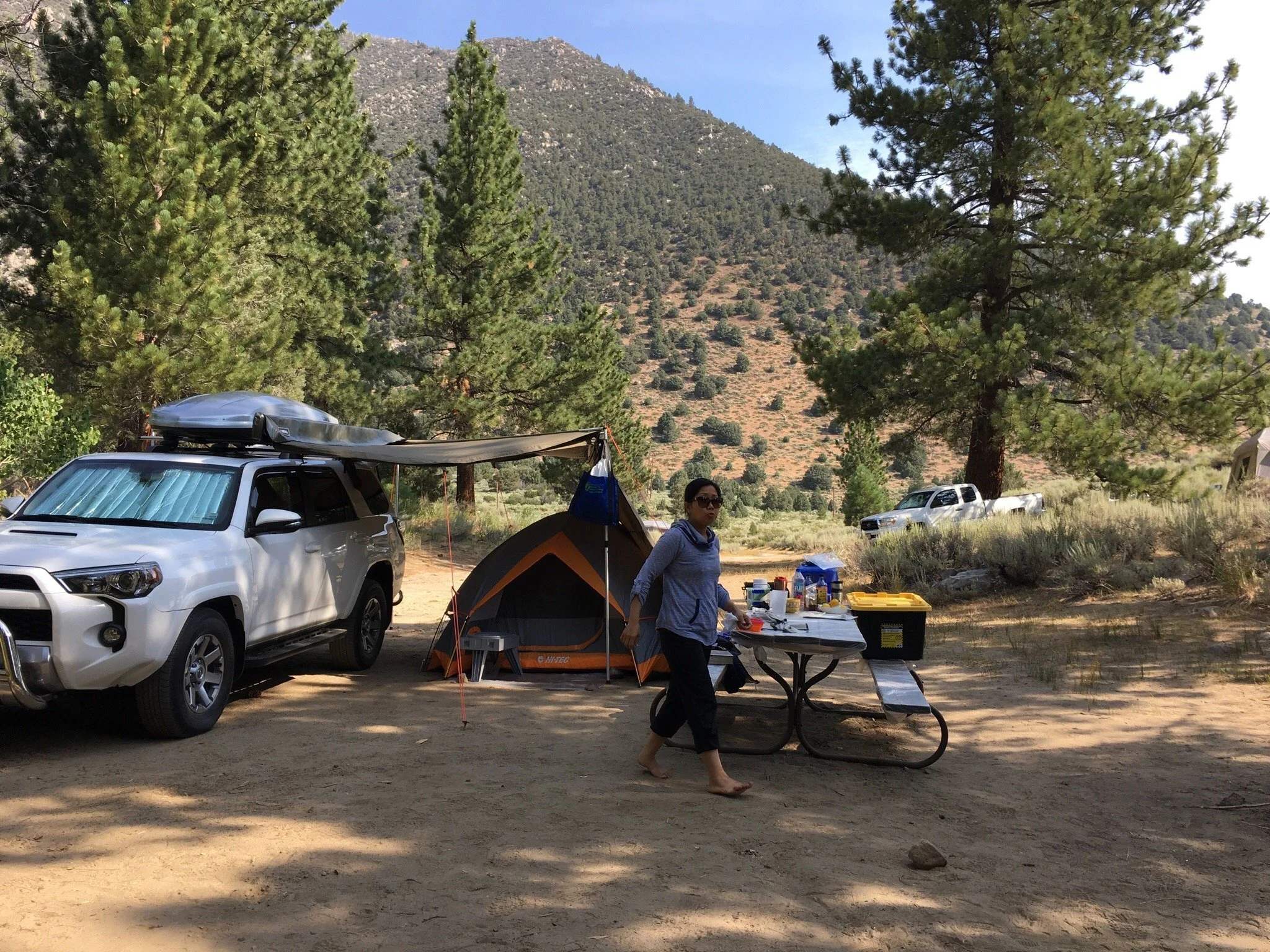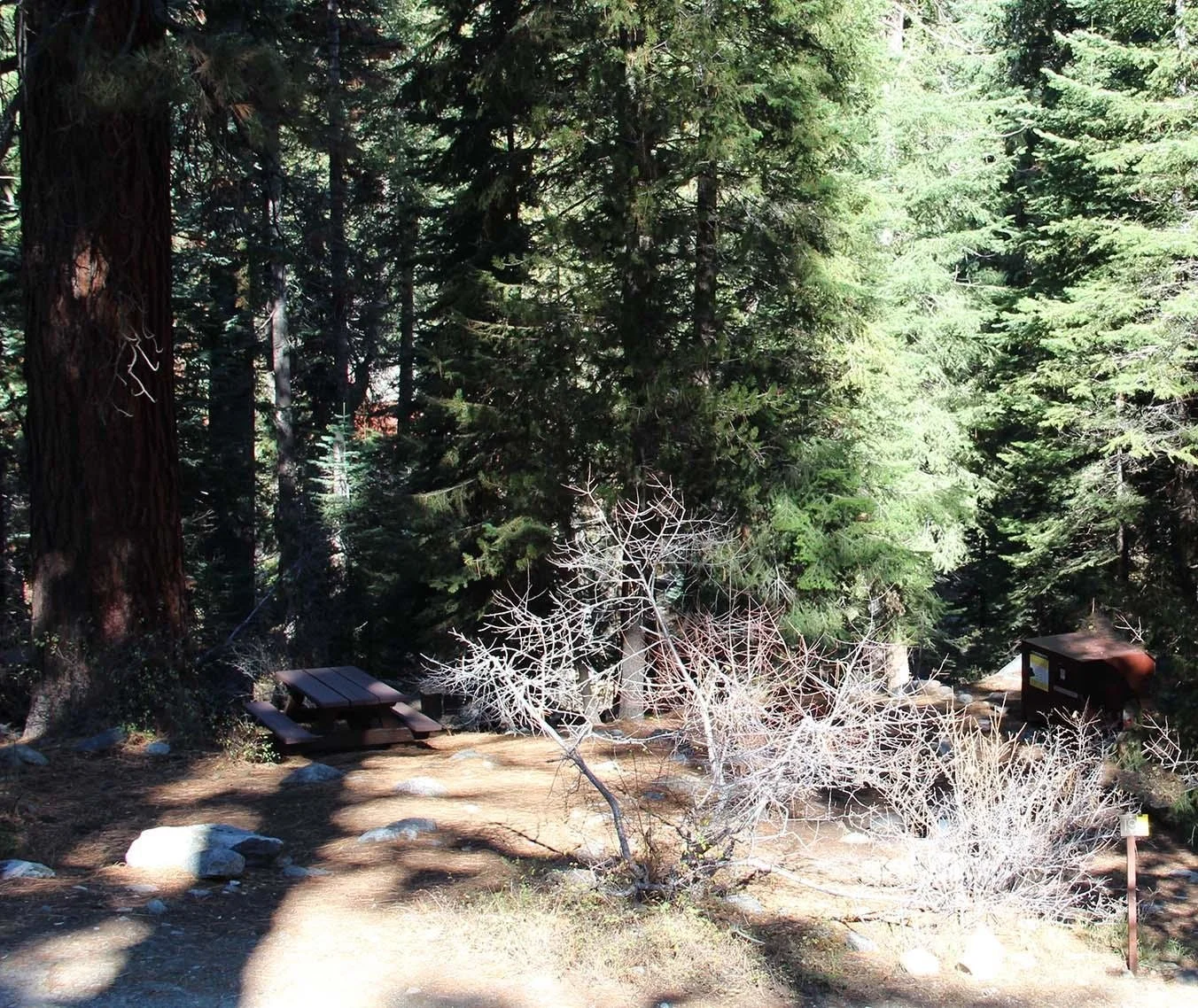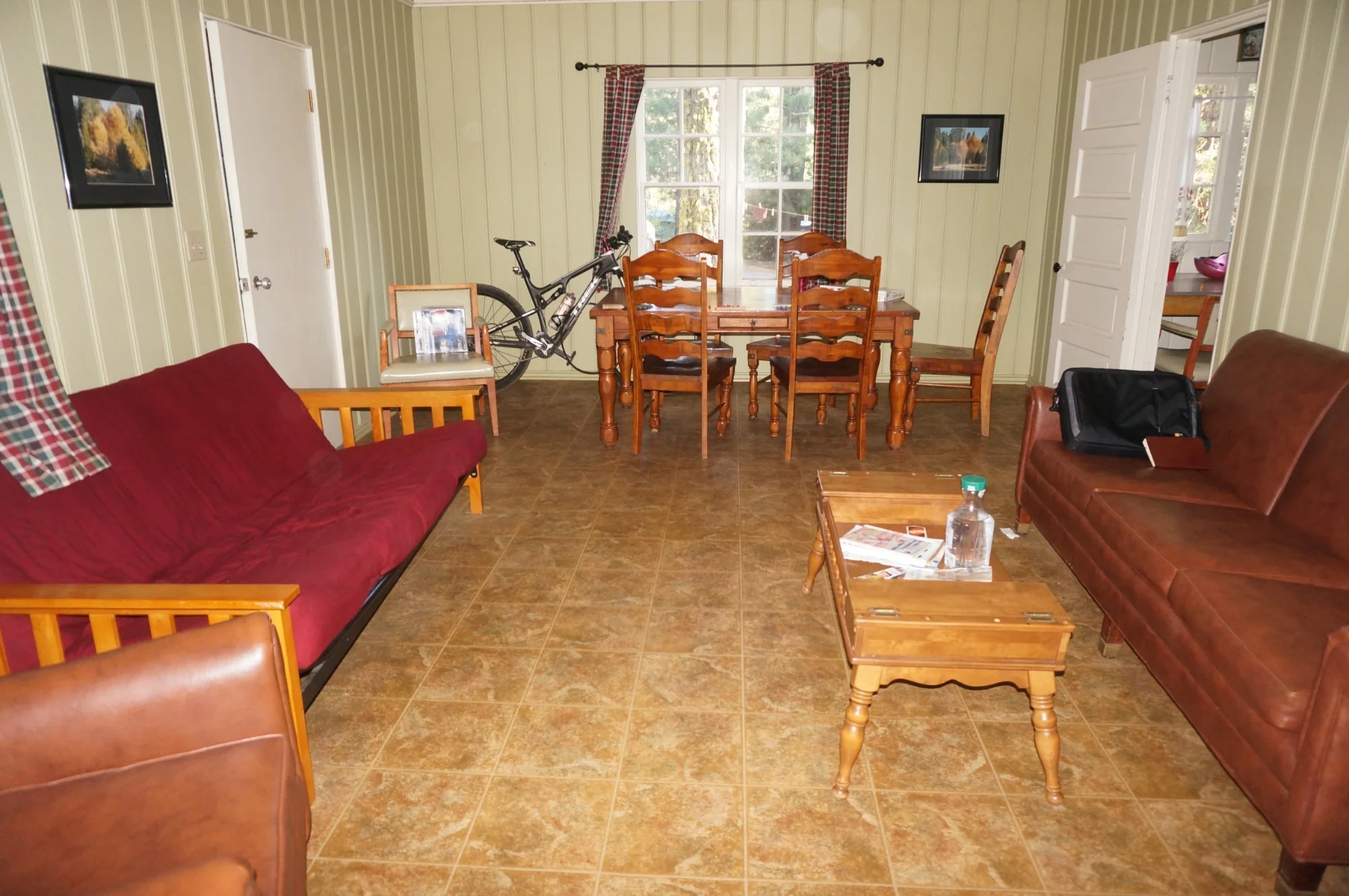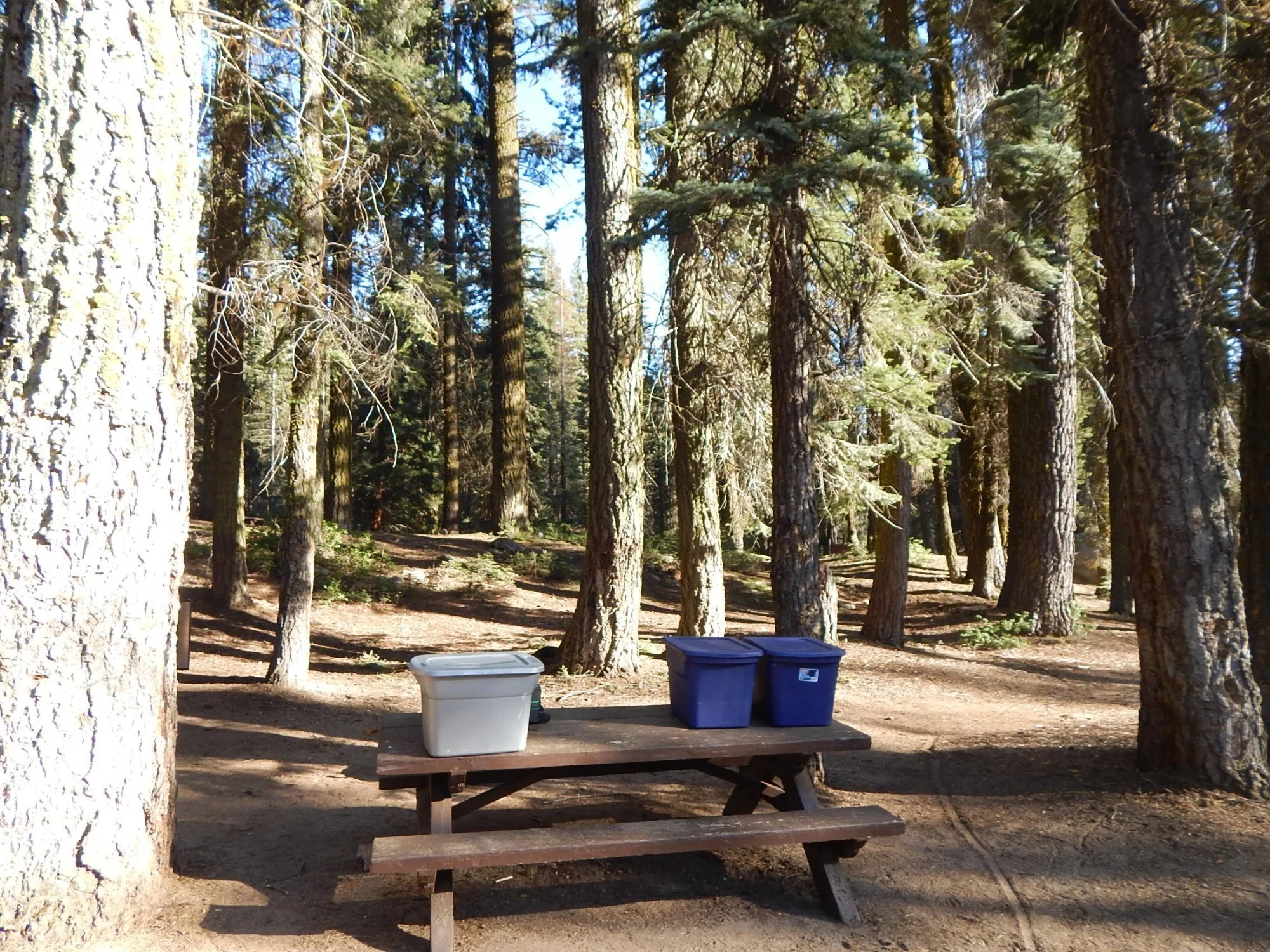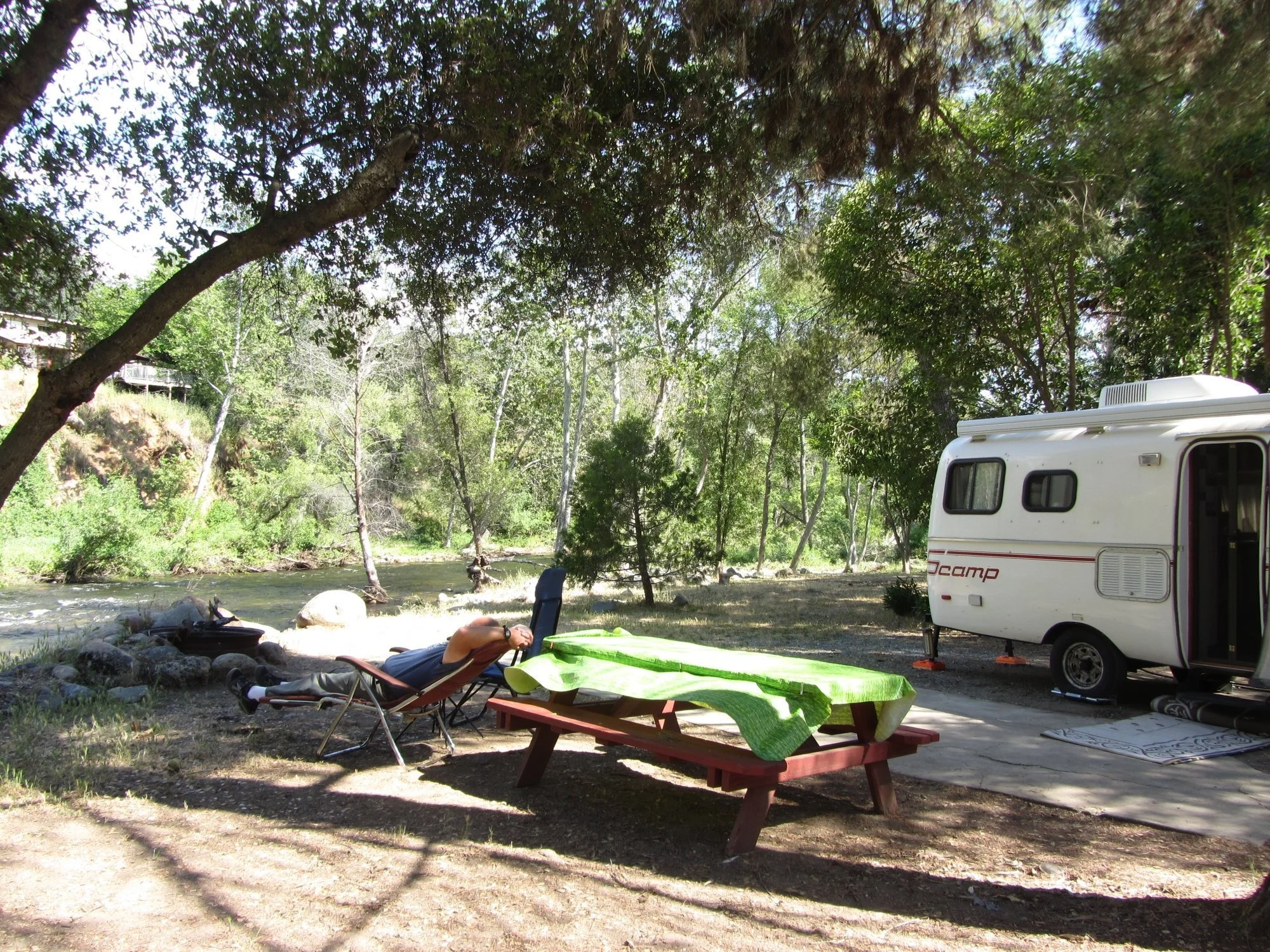In the heart of the majestic southern Sierra Nevada mountains of California, towering ancient giants await your discovery. Within Sequoia Park National Park, the aptly named Giant Forest harbors earth's most massive living thing—the General Sherman tree—surrounded by numerous groves of these magnificent specimens. Beyond the remarkable trees, adventurers will discover an underground wonderland of marble caves, cascading waterfalls, serene alpine meadows, ice-carved valleys, and an extensive network of wilderness trails stretching hundreds of miles. During the winter months, snowshoeing beneath these colossal sentinels creates an enchanting experience unlike any other. The park maintains 14 diverse campgrounds, accommodating everything from intimate walk-in tent sites to spacious RV camping areas.
Camping Near Sequoia Park National Park
Explore Sequoia's ancient giants: Hike among skyscraping sequoia groves, breathe crisp mountain air, and camp beneath starry skies.
CampChimp is better in the app
Find Available Camping
The 5 best campgrounds near Sequoia Park National Park, CA
-

Dorst Campground
 Sequoia and Kings Canyon National Park, CA
Sequoia and Kings Canyon National Park, CA


Dorst Creek Campground offers a serene setting with easy access to the Sequoia National Park and its stunning natural beauty featuring towering sequoia trees and scenic hiking trails.
-

Potwisha Campground
 Sequoia and Kings Canyon National Park, CA
Sequoia and Kings Canyon National Park, CA


Potwisha Campground is a popular choice for visitors to Sequoia National Park offering a convenient location and stunning views of the Sierra Nevada mountains and the Middle Fork Kaweah River.
-
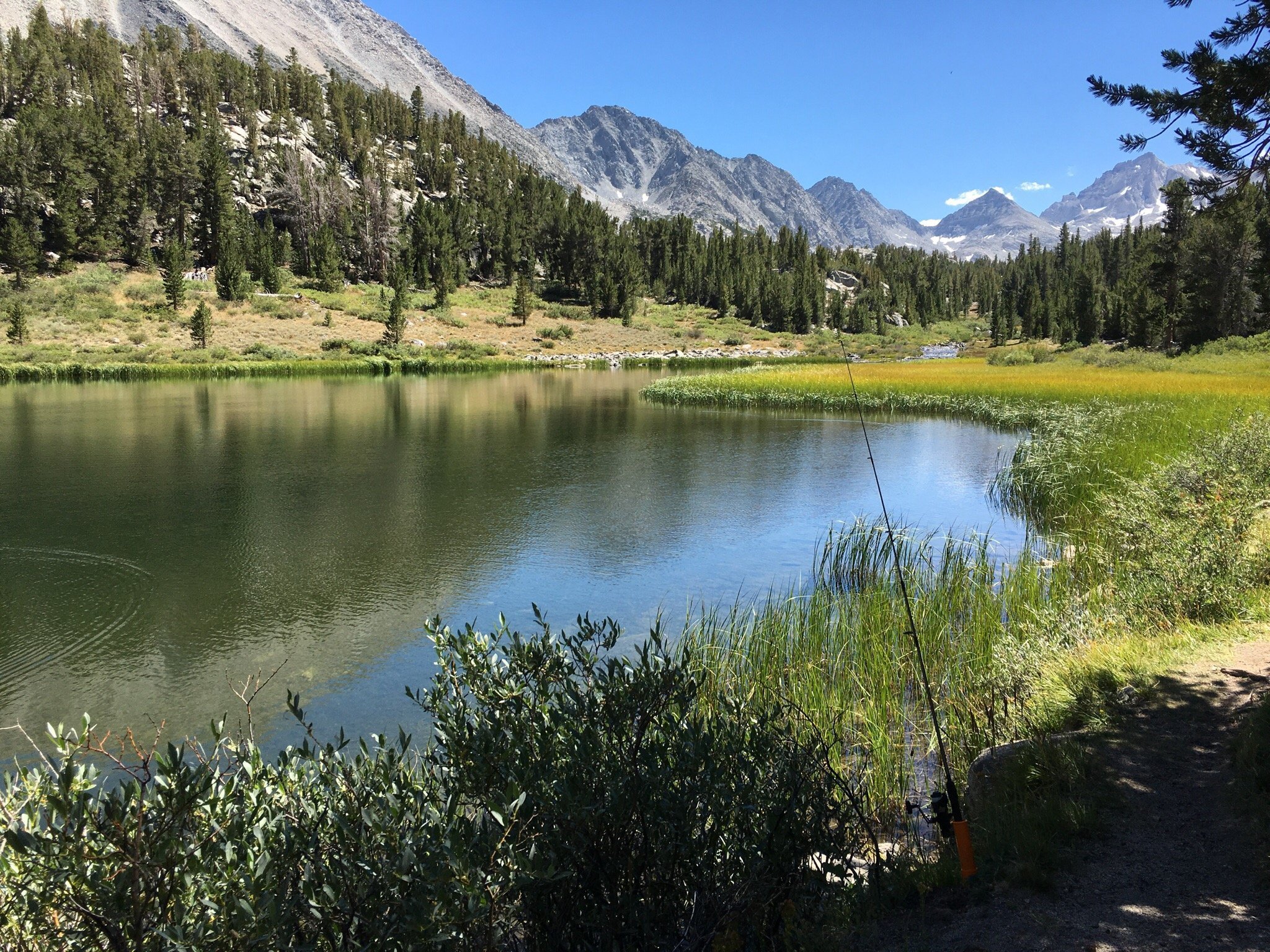
East Fork Campground
 Mammoth Lakes, CA
Mammoth Lakes, CA


South Fork Campground is a peaceful retreat nestled in the heart of Sequoia National Park surrounded by towering sequoia trees and offering easy access to hiking trails and scenic vistas.
-

Lodgepole Campground
 Sequoia and Kings Canyon National Park, CA
Sequoia and Kings Canyon National Park, CA


Lodgepole Campground is a popular choice for visitors seeking a rustic camping experience in the heart of Sequoia National Park with easy access to hiking trails and stunning natural scenery.
-

Furnace Creek Campground
 Death Valley National Park, CA
Death Valley National Park, CA


Nestled in the Sequoia National Forest Horse Creek Campground offers a serene escape surrounded by towering pine trees and the soothing sounds of the nearby creek. With ample shaded sites and easy access to hiking trails it's a perfect base for exploring the region's natural beauty.
The 5 hardest-to-book campgrounds near Sequoia Park National Park, CA
The 5 best campgrounds for RV camping near Sequoia Park National Park, CA
The 5 best campgrounds for tent camping near Sequoia Park National Park, CA
The best camping near Sequoia National Park guide
About
- Best for amenities and proximity: Strategically positioned Lodgepole Campground offers convenient access to Lodgepole Village amenities, Giant Forest attractions, refreshing Kaweah River spots, and the spectacular Tokopah Falls trail beginning.
- Best for swimmers: Situated near the entrance gates, Potwisha Campground maintains year-round operation and provides easy access to the Foothills Visitor Center and numerous beloved Kaweah River swimming destinations.
- Best for Generals Highway access: Embraced by majestic oak trees, the tent-exclusive Buckeye Flat Campground sits conveniently off the main highway, offering quick access to the scenic Paradise Creek Trail system.
- For visits between May and September, secure your reservation immediately upon finalizing your travel dates. Reservable locations accept bookings with a one-month advance window.
- Without advance reservations? Make an early morning arrival your priority to secure spots at first-come, first-served locations.
- Research each campground's operational calendar thoroughly, as opening and closing schedules vary significantly. Remember that wildfire conditions might necessitate unexpected closures.
Peak visitor activity occurs during summer months when campgrounds reach maximum capacity. Complimentary summer shuttles connect major attractions like Moro Rock, while paid transportation services link to nearby Three Rivers and Visalia. Holiday periods occasionally feature special winter shuttle services. Winter conditions render Mineral King and Cedar Grove inaccessible. Nature enthusiasts should target spring or early summer visits to witness spectacular wildflower displays and rushing waterfalls, while stargazers won't want to miss the annual Dark Sky Festival in early September.
- Be mindful that certain areas enforce vehicle size limitations. While RV camping is welcomed, hookup services aren't provided, and dump stations operate seasonally during summer months, with additional facilities available at the nearby US Forest Service Princess Campground by Hume Lake.
- A single entrance pass provides comprehensive access to both Sequoia and Kings Canyon national parks, plus entry to Sequoia National Forest.
- Crystal Cave explorations run from May through September, requiring advance ticket purchase online or at visitor centers between two days and six months before your intended visit.
- The region's active black bear population necessitates strict adherence to proper food storage protocols using bear-resistant containers.
- During late spring and midsummer, visitors to the Mineral King area should be aware that local marmots have been known to cause vehicle damage.


